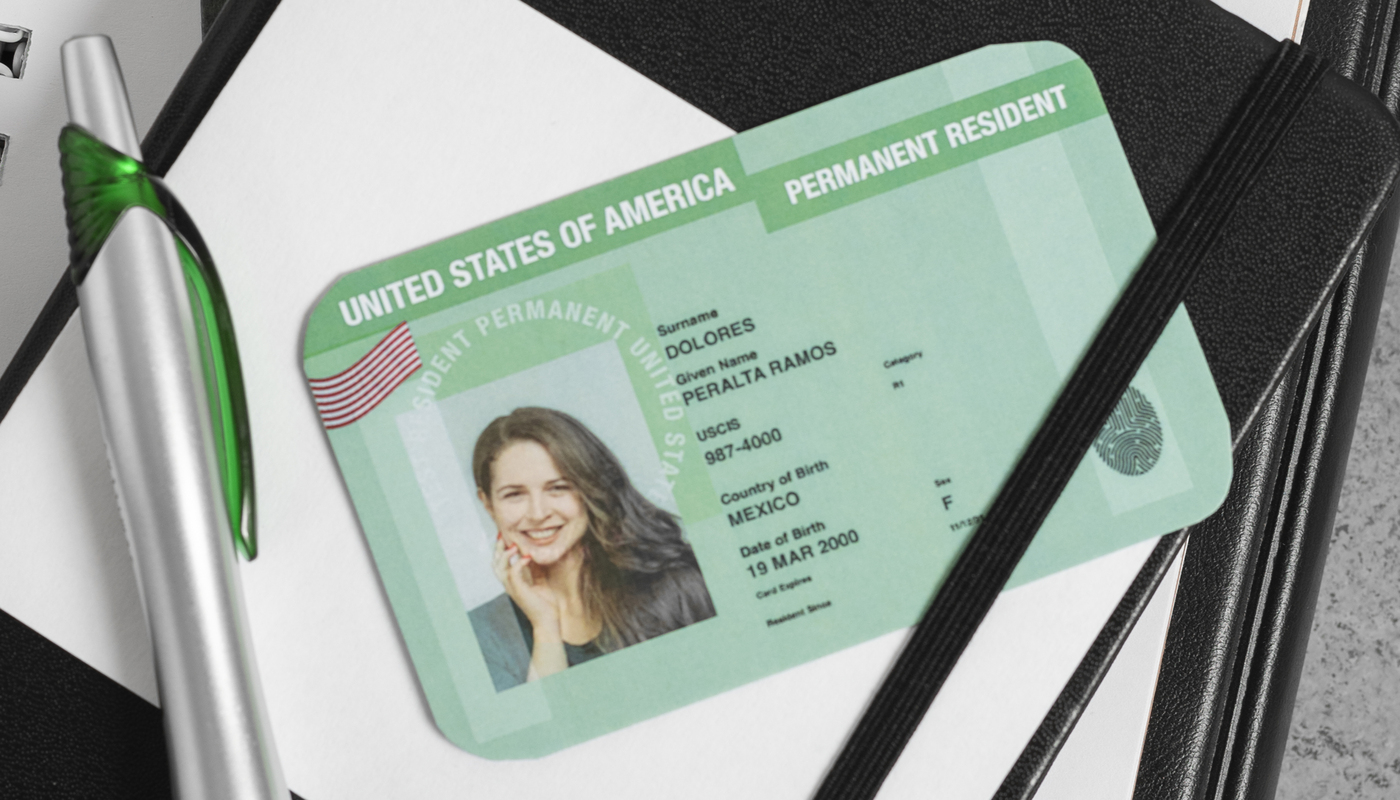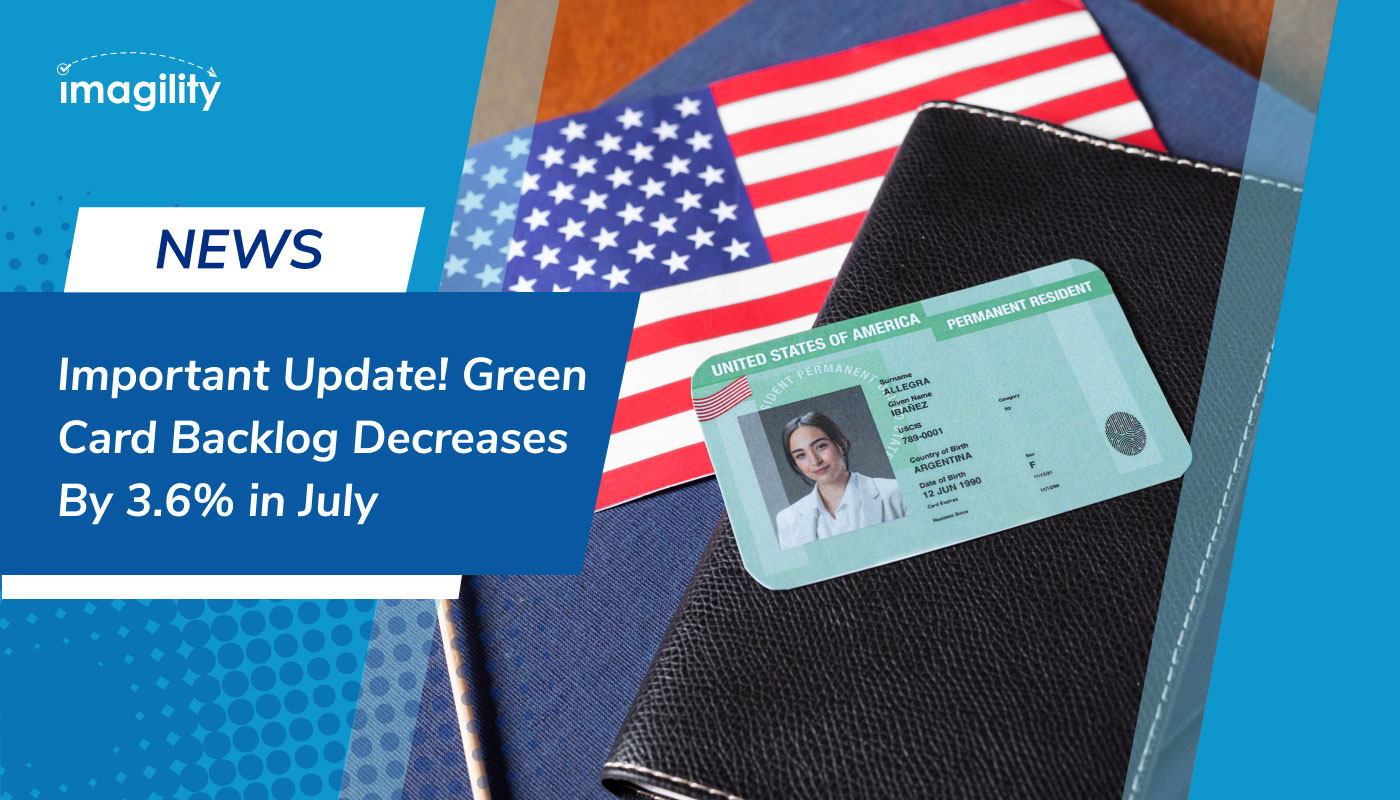The focus on immigration in the United States has predominantly centered around the southern border crisis, but the challenges extend to the nation’s immigration courts. Despite record-high encounters of illegal immigrants at the U.S.-Mexico border in December, recent government data reveals an alarming state of affairs in the immigration courts—the worst in their history.
Government data, analyzed by the Transactional Records Access Clearinghouse, indicates that federally-run immigration courts surpassed 3 million pending cases in November. The backlog has swelled by a million cases over the past year, a stark reflection of the Biden administration’s policy to release a substantial number of illegal immigrants into the country.
The backlog saw a significant surge, with nearly 400,000 new cases between July and September, constituting 40% of the year’s new cases in just one quarter. The situation further deteriorated in October and November, witnessing an additional 280,000 new cases.
The ongoing surge in illegal entries, with over 10,000 immigrants apprehended daily, poses a looming threat to the immigration courts. Despite the administration’s efforts to hire more judges, the existing workforce struggles to keep up with the escalating workload. The backlog has grown at a rate six times faster than its status at the end of the Obama administration.
The Migration Policy Institute has described the condition of the courts as an “unprecedented crisis.” In its report over the summer, it emphasized that more than merely increasing the number of judges is required. Challenges such as slow hiring, high turnover, and insufficient support staff have overwhelmed judges, leading to decreased productivity as the backlog burgeons. The inability to expedite cases and ensure timely, quality decisions has become a critical concern, especially with a growing proportion of cases involving noncitizens seeking asylum, which typically take considerably longer to resolve.
Source: Washington examiner

















